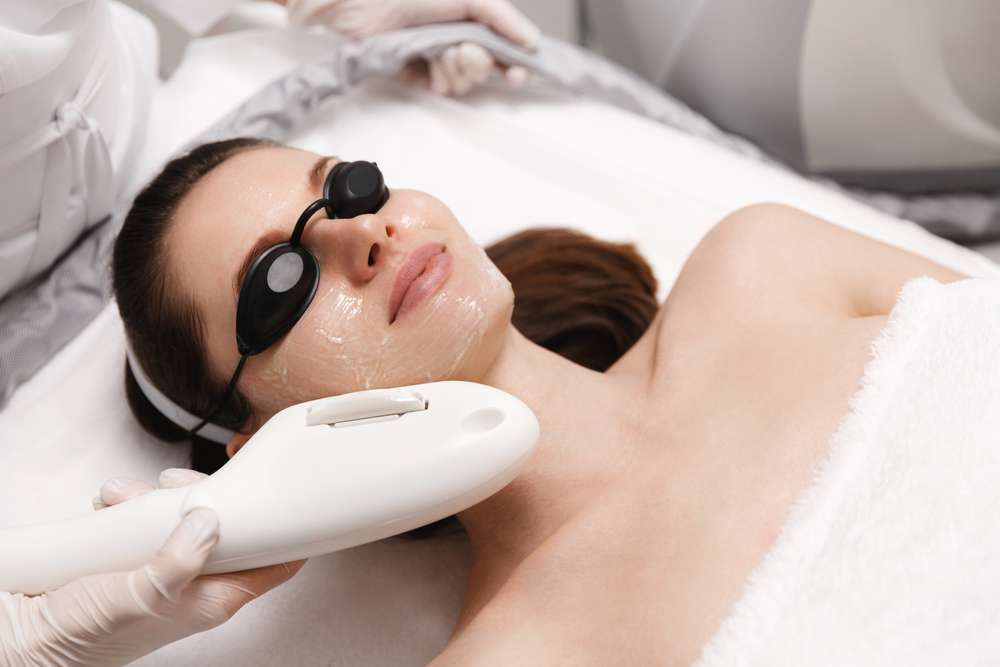Refresh Your Skin: Essential Guide to Rejuvenation
Discover practical ways to restore a more youthful, radiant complexion with modern skin rejuvenation techniques. This guide covers powerful options—from fractional lasers and IPL to chemical peels, microneedling, and radiofrequency—explaining benefits, risks, expected downtime, and how to choose the best approach for your skin type. Read on to learn how to safely improve texture, tone, and firmness with evidence-based treatments and smart aftercare.

Refresh Your Skin: Essential Guide to Rejuvenation
As skin ages or endures sun and environmental damage, it can lose elasticity, develop fine lines, and show uneven tone. Skin rejuvenation offers a range of treatments designed to restore a fresher, healthier appearance. This guide walks through the most effective procedures, how laser therapies work, benefits you can expect, potential risks, and how to pick the right plan for your needs.
Which skin rejuvenation treatments are most effective?
Effectiveness depends on your skin type, the specific concern, and the intensity of the procedure. Fractional laser resurfacing is frequently recommended for tackling multiple problems at once—it improves texture, smooths fine lines, and helps even out discoloration. Chemical peels come in light, medium, and deep strengths and can be tailored to treat dullness, uneven tone, and superficial lines.
Less invasive but still impactful options include microneedling, which creates controlled micro-injuries to stimulate collagen, and radiofrequency (RF) therapies, which use heat to tighten underlying tissue and enhance firmness. Intense pulsed light (IPL) is effective for targeting pigmentation irregularities and redness. A consultation with a dermatologist or licensed aesthetician will help identify the most appropriate option based on your goals and tolerance for downtime.
How can laser treatments enhance skin appearance?
Laser treatments employ concentrated light energy to reach layers of the skin, promoting renewed collagen production and cell turnover. Fractional lasers treat small columns of skin, leaving surrounding tissue intact to speed healing and reduce recovery time. Ablative lasers remove surface layers for dramatic resurfacing, while non-ablative lasers stimulate collagen with less peeling.
Different wavelengths and technologies address specific issues: some lasers target melanin to fade age spots, others shrink dilated vessels or reduce redness, and certain devices are optimized for improving overall texture. Many people see visible improvements after a single session, with more significant outcomes following a series of treatments. One of the appeals of laser work is its precision—practitioners can concentrate energy where it’s needed while minimizing impact elsewhere.
What are the key benefits of skin rejuvenation treatments?
A primary advantage of many rejuvenation procedures is increased collagen production, which supports firmer, more elastic skin. Other benefits include:
- Reduction in fine lines and wrinkles, producing a smoother surface
- More even skin tone with diminished sunspots and pigmentation
- Improved texture, including smaller-looking pores and reduced roughness
- Enhanced clarity and reduced visible redness or vascular spots
- Boosted confidence and a revitalized facial appearance
Results vary by treatment and individual; some procedures deliver gradual improvements over months, while others produce quicker, more noticeable changes.
Are there any risks associated with skin rejuvenation procedures?
When performed by trained professionals, these treatments are generally safe, but there are potential side effects to consider. Common temporary reactions include redness, swelling, and sensitivity. More intensive interventions—such as deep chemical peels or aggressive laser resurfacing—carry higher risk for pigmentation changes, prolonged irritation, infection, or scarring in rare cases.
People with certain medical histories, active skin conditions, or recent use of photosensitizing medications may not be ideal candidates for specific procedures. A thorough consultation and honest medical history help minimize risks. Adhering to pre- and post-procedure instructions is essential to support healing and reduce complications.
How to choose the right skin rejuvenation treatment for you
Selecting the ideal approach involves evaluating:
- Your skin type and tone
- The main concerns you want to address (texture, color, laxity, scars)
- Tolerance for downtime and recovery
- Budget and how many sessions may be required
- Any medical conditions or medications that could affect healing
Start with a consultation with a board-certified dermatologist or an experienced aesthetic specialist. Discuss realistic outcomes, the number of sessions recommended, expected recovery, and before-and-after photos from similar cases. Combining treatments—such as microneedling plus topical therapies, or a series of lighter peels—can sometimes deliver the best results with manageable downtime.
| Treatment Type | Provider | Average Cost Range | Key Benefits |
|---|---|---|---|
| Fractional Laser Resurfacing | Dermatology Clinics | $1,000 - $5,000 per session | Addresses multiple skin concerns, minimal downtime |
| Chemical Peels | Med Spas, Dermatologists | $150 - $600 per session | Improves skin texture, customizable intensity |
| Microneedling | Aesthetic Centers | $200 - $700 per session | Stimulates collagen, minimal invasiveness |
| Radiofrequency Treatment | Specialized Clinics | $1,000 - $4,000 per session | Non-invasive skin tightening |
| IPL (Intense Pulsed Light) | Dermatology Offices | $300 - $600 per session | Targets pigmentation and redness |
Prices, rates, or cost estimates mentioned in this article are based on the latest available information but may change over time. Independent research is advised before making financial decisions.
Aftercare and ongoing maintenance
Post-treatment care influences outcomes. Gentle cleansing, broad-spectrum sunscreen, and avoiding direct sun exposure while the skin heals are universal recommendations. Some procedures call for specific topical regimens, and maintenance sessions may be necessary to preserve benefits. Lifestyle factors—adequate sleep, hydration, nutrition, and avoiding tobacco—support skin health and prolong results.
Final considerations
Skin rejuvenation can produce meaningful improvements in texture, tone, and firmness, but results depend on the chosen treatment, practitioner skill, and realistic expectations. Balance desired outcomes with tolerance for downtime and budget constraints, and always prioritize a qualified provider. With careful planning and proper aftercare, many people achieve a refreshed, more youthful-looking complexion.
This article is for informational purposes only and should not be considered medical advice. Please consult a qualified healthcare professional for personalized guidance and treatment.






